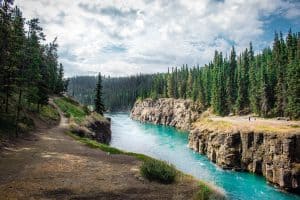- TRAVEL GUIDES
arrow_drop_down
- Canada
- United States
- Sunny Destinations
arrow_drop_down
- VIEW ALL
- BUCKET LIST
- ABOUT
- CONTACT
15 U.S. Historical Sites That Will Transport You Back in Time
- Traveling
-
Jun 09
- Share post
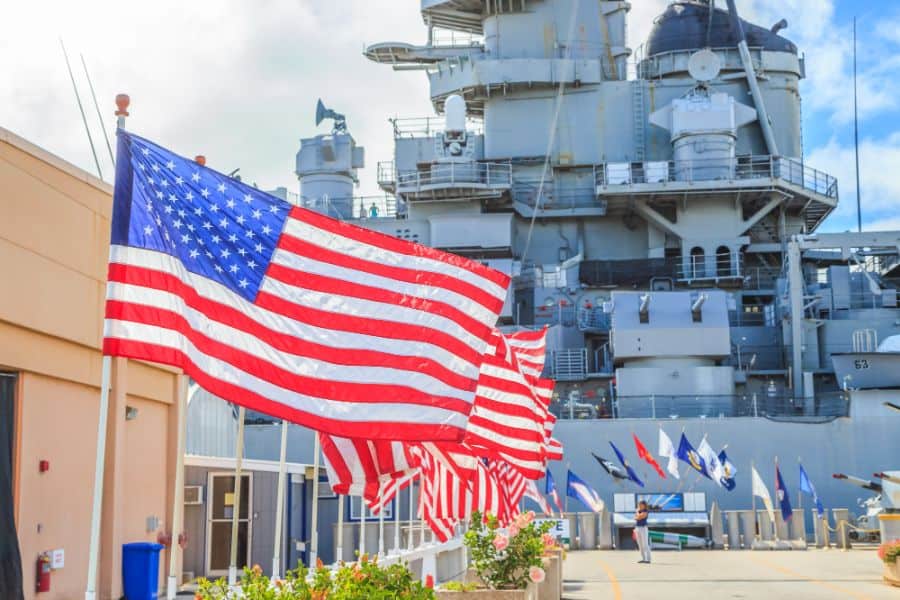
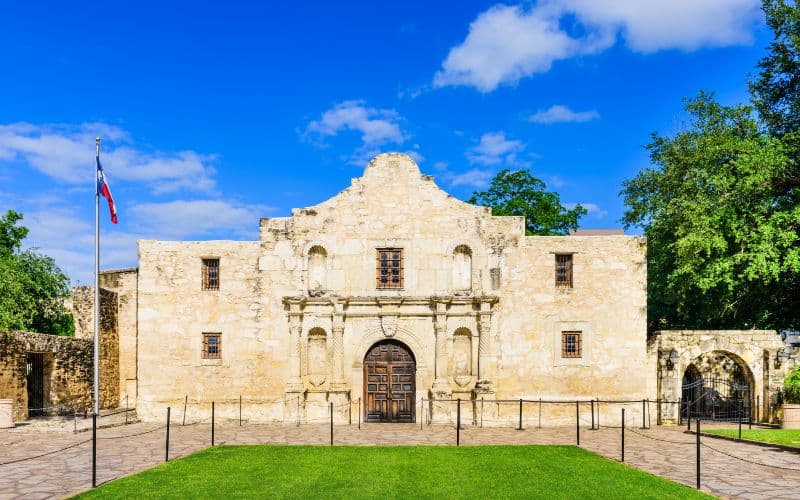
1. The Alamo
The Alamo, located in downtown San Antonio, Texas, is rich in history and culture. It’s more than just a building; it’s a story of courage and struggle. Originally built as a Christian mission in 1724, the site later transformed into a military garrison used by the Spanish army and then the Mexicans.
Today, at the Alamo, you can explore the famed church and much more. There’s even an interactive Living History Encampment that offers reenactments and hands-on activities.
2. Gettysburg Battlefield
You’ll find Gettysburg Battlefield rich with history; this is where the Union and Confederate forces clashed in an epic battle in 1863. Walking the grounds, you can almost feel the weight of history surrounding you.
Start your visit at McPherson Ridge, the site of the first clash. It’s fascinating to think about the strategies employed here. As you move through the battlefield, you’ll find the Eternal Light Peace Memorial, a powerful tribute to those who fought.
Don’t miss the St. Francis Xavier Catholic Church on High Street. This church was erected in 1853 and served as a hospital during the Civil War, adding another layer to Gettysburg’s rich history.
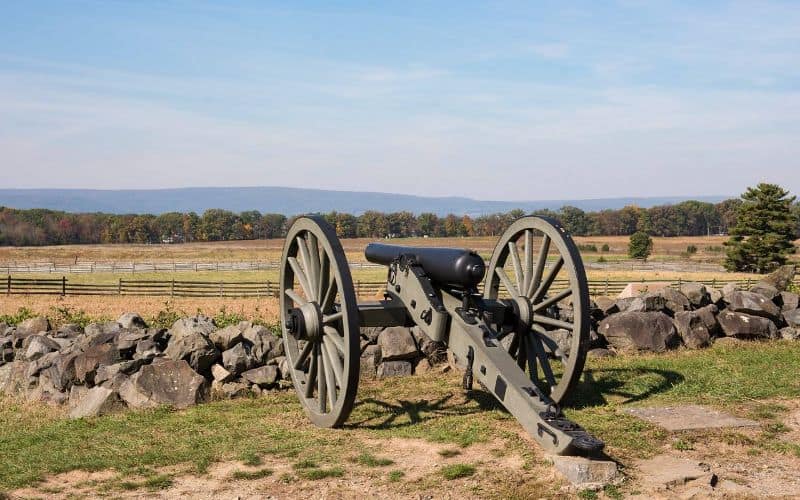
3. Independence Hall
Independence Hall, located in Philadelphia, is where the United States’ founding documents, the Declaration of Independence and the Constitution, were debated and adopted. The building itself, completed in 1753, is a striking brick structure with a prominent steeple that once held the Liberty Bell.
Standing next to Independence Hall is Congress Hall, which served as the nation’s capital from 1790 to 1800. In this period, significant events like George Washington’s second presidential inauguration occurred here. Don’t miss the chance to explore both these historical buildings.
4. Ellis Island
When you think of American history, Ellis Island stands out. This small island near the Statue of Liberty served as the busiest immigration inspection station from 1892 to 1954. Over 12 million immigrants passed through its halls.
Ellis Island is now part of the Statue of Liberty National Monument. You can visit the Ellis Island National Museum of Immigration, where you’ll find exhibits chronicling four centuries of immigration.

5. Mount Vernon
Mount Vernon, the home of George Washington, is a captivating place to visit. Located on a hill along the Potomac River, this estate offers a glimpse into the life of America’s first president.
The estate is open 365 days a year, providing you an opportunity to delve into its rich history anytime. Important areas like the Mansion, Café, and the Outbuildings showcase early American architecture and landscape.
6. Colonial Williamsburg
Get ready to step back in time in Colonial Williamsburg! Explore over 300 acres of historic sites and trades. Discover authentic 18th-century architecture that reflects early American life.
Engage with costumed interpreters who bring history to life through interactive programs and events. For a complete experience, don’t miss the two world-class art museums showcasing thousands of artifacts.
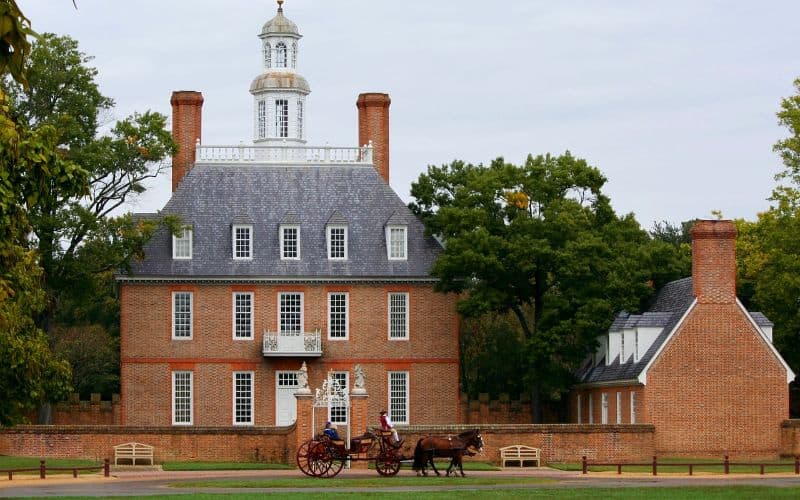
7. Mesa Verde National Park
Explore Mesa Verde National Park, where the incredible history of the Ancestral Pueblo people comes alive. For over 700 years, these communities thrived on the mesas and in the cliffs.
Marvel at ancient structures, including cliff dwellings that offer a captivating glimpse into the past. Mesa Verde isn’t just about history; it’s also a haven for wildlife. With over a thousand species, some of which are found nowhere else on earth, you’re in for a unique treat.
8. Pearl Harbor National Memorial
Pearl Harbor National Memorial in Hawaii commemorates one of the most pivotal moments in American history. On December 7, 1941, Japanese forces attacked the U.S. military base at Pearl Harbor, leading to America’s entry into World War II.
The USS Arizona Memorial is a key highlight. It marks the resting place of 1,102 sailors and marines who lost their lives. The memorial also includes several museums and exhibits detailing the events and personal stories from that day.
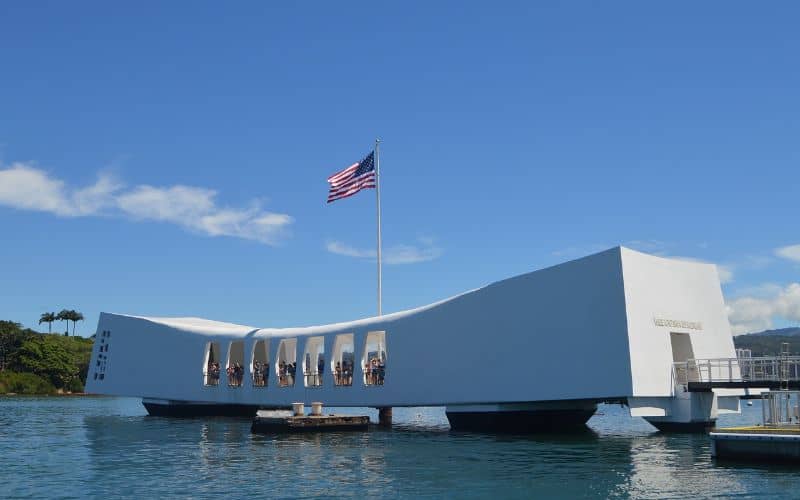
9. Monticello
Monticello captivates with its blend of history and architecture. Thomas Jefferson spent over forty years designing and refining this stunning Virginia plantation. The house and gardens were not just beautiful; they were Jefferson’s personal experiment in innovation. He filled the gardens with plants from around the world, creating a botanic showpiece.
Explore the cellars, including the slave quarters, which provide a vivid glimpse into the lives of the people who lived and worked there. You can also find exhibits on Sally Hemings and stories from her descendants through the Getting Word oral history project.
10. Plymouth Rock
Discover the iconic location of Plymouth Rock, where the Mayflower Pilgrims first set foot in America in 1620. Nestled along the waterfront in Pilgrim Memorial State Park, it offers a glimpse into the beginnings of the Plymouth Colony.
As you explore, you can also see the Mayflower II, a replica of the original ship. This nearby attraction extends your journey into America’s early history.

11. Fort Sumter
Fort Sumter is located at the entrance of Charleston Harbor. This historic site is where the first shots of the Civil War rang out, echoing through history. On April 12, 1861, Confederate forces opened fire on the Union garrison stationed there.
The fort began construction in 1829. Originally named for American Revolutionary War General Thomas Sumter, its building continued up until the Civil War. As you wander the grounds, you can almost feel the weight of history in the air.
12. The White House
Step inside American history by exploring the White House, a symbol of the U.S. presidency. It’s not just the President’s home but also a museum of American culture and history.
From witnessing key moments like the Cuban Missile Crisis to recent events, the White House has stories in every corner. The recently renovated Situation Room is where presidents handle critical decision-making.
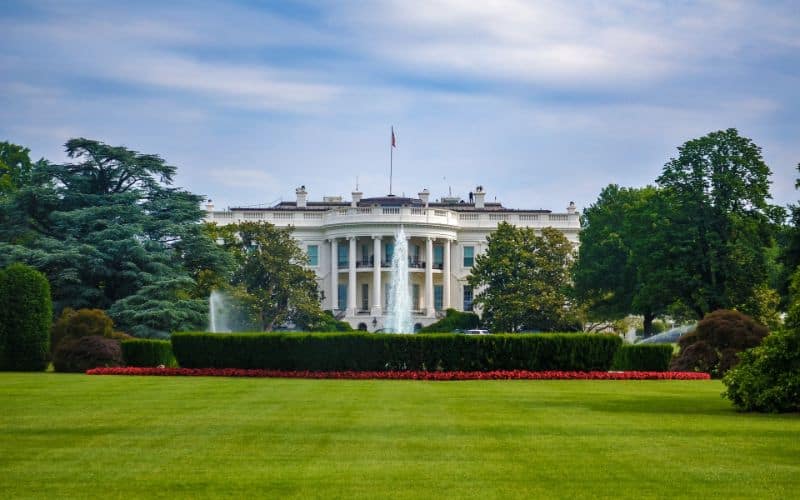
13. Little Bighorn Battlefield
You can travel back to 1876 at Little Bighorn Battlefield, where tensions between the U.S. Army’s 7th Cavalry and Native American tribes reached a head. This site, near Crow Agency, Montana, marks the spot of a famous battle involving Lt. Col. George Custer. The tribes included the Lakota Sioux, Northern Cheyenne, and Arapaho warriors.
As you walk through this historic battlefield, you’ll discover more about the dramatic events that unfolded here. At the visitor center, exhibits highlight the battle’s complexity, with accounts from both U.S. soldiers and Native American warriors.
14. Salem Witch Trials Memorial
The Salem Witch Trials Memorial is a significant landmark that honors the 20 people who were executed in 1692. Located just off Charter Street on Liberty Street, Salem’s simple yet dramatic memorial features four-foot-high granite walls. These walls surround three sides, creating a space of reflection.
The names of the victims are etched into granite benches that jut from the walls. Each bench represents a life lost. You can feel the weight of history as you read the names and realize the gravity of the events.
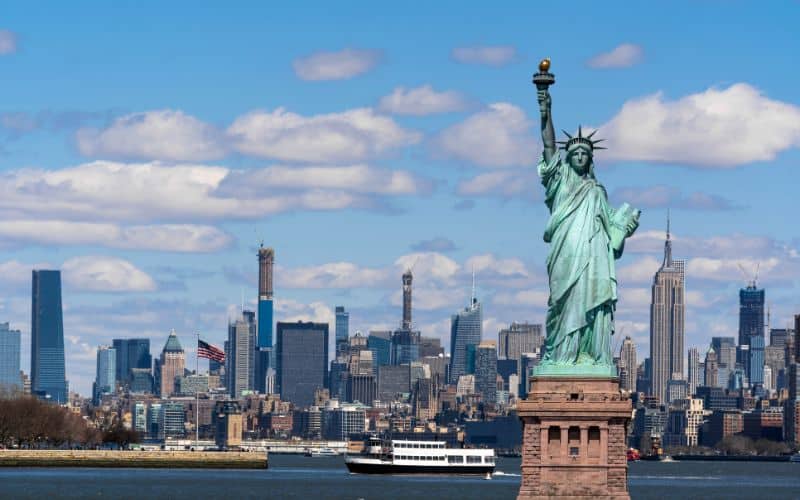
15. Statue of Liberty
The Statue of Liberty is more than a magnificent monument; it’s an emblem of freedom. Located on Liberty Island in New York Harbor, this colossal statue was a gift from France and dedicated in 1886.
The easiest way to visit is by ferry. Although you can’t go inside the statue itself, you can explore the pedestal. It stands as a powerful representation of democracy and friendship between the two nations.



